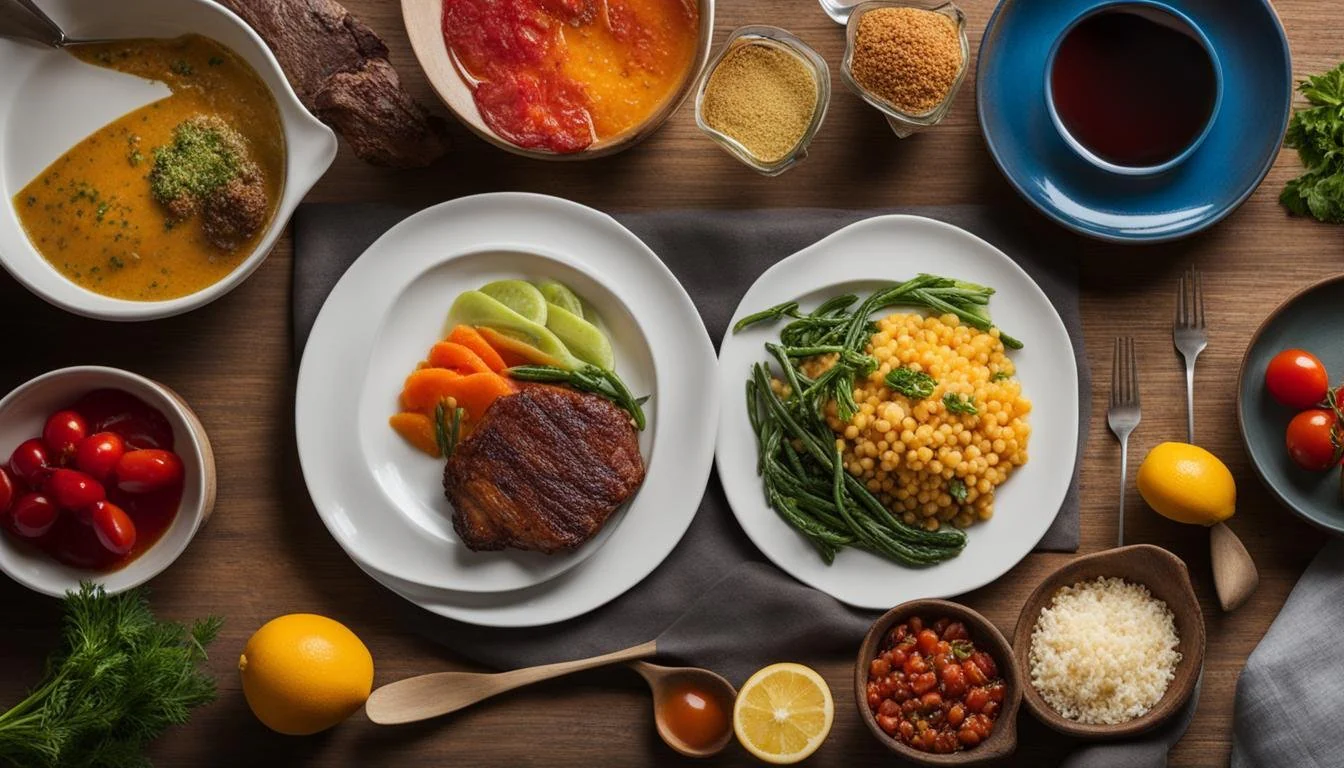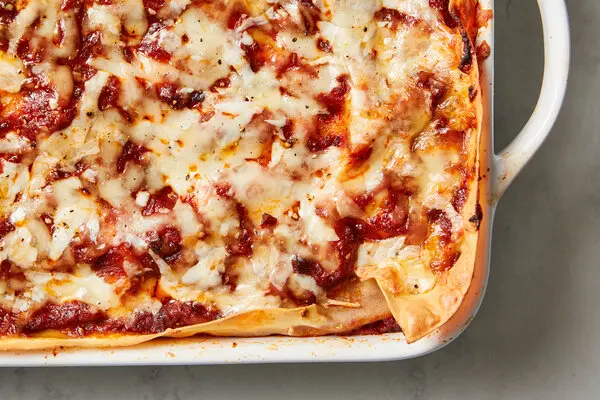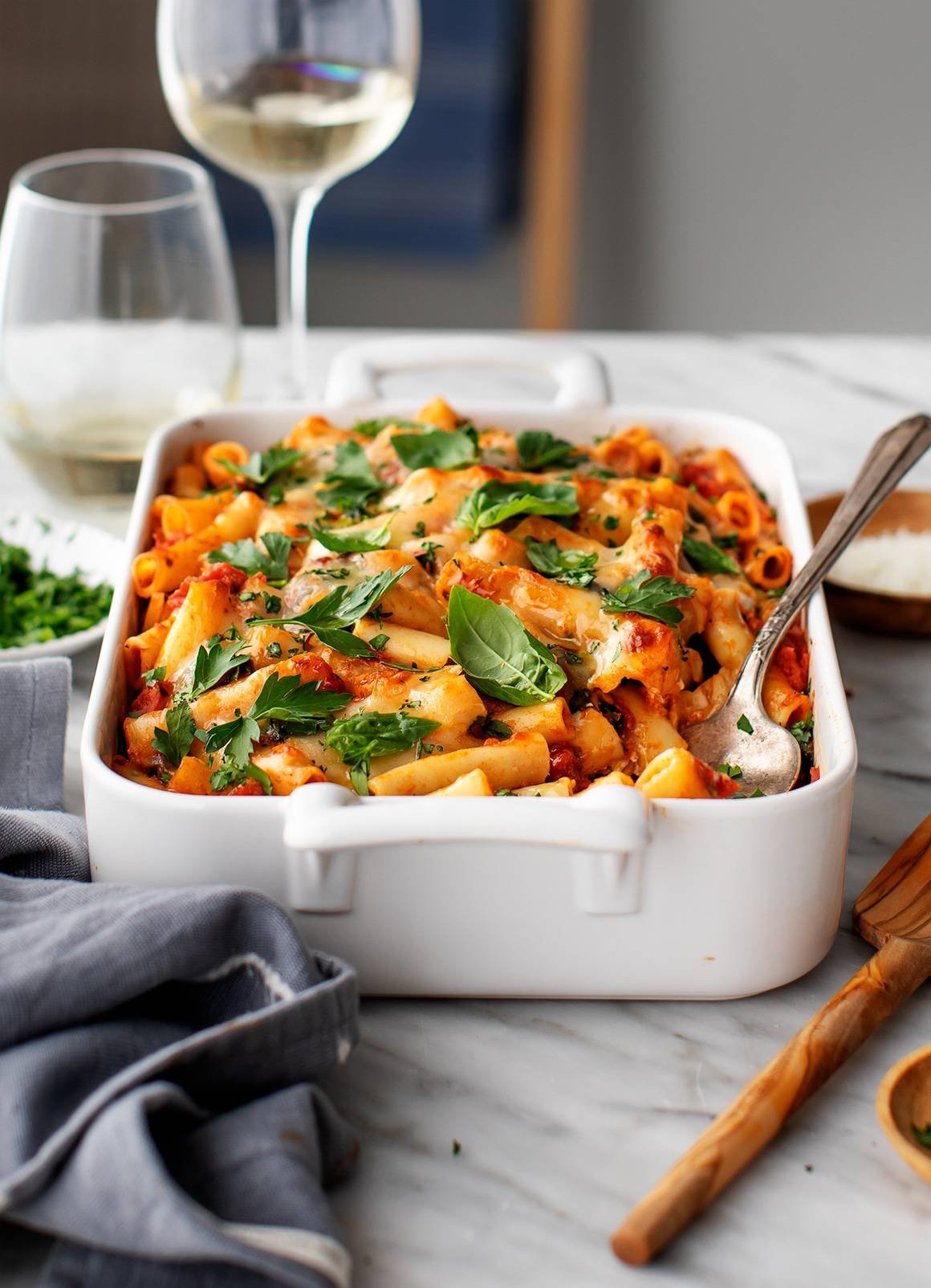When it comes to cooking, the right pairing of ingredients can elevate a dish from good to extraordinary. Food pairings are all about combining flavors, textures, and ingredients that complement and enhance each other. Whether you’re preparing a simple dinner or hosting a grand feast, knowing which foods work well together can create memorable and balanced meals.
In this guide, we’ll explore some of the best food pairings for every type of meal. From wines and cheeses to meats, vegetables, and desserts, we’ll help you master the art of food pairing and ensure your meals are bursting with flavor.
1. Wine and Cheese Pairings: A Classic Combination
Wine and cheese have been paired together for centuries, and there’s a reason these two go so well together. The acidity, sweetness, and tannins in wine balance the richness and creaminess of cheese, creating a harmonious contrast.
- Red Wine and Aged Cheddar: The bold flavors of a full-bodied red wine like Cabernet Sauvignon pair beautifully with the sharp, tangy taste of aged cheddar. The wine’s tannins cut through the cheese’s richness, creating a perfect balance.
- White Wine and Brie: A delicate white wine like Chardonnay complements the creamy, buttery texture of Brie. The slight acidity in the wine contrasts with the cheese’s smoothness, making for a refreshing bite.
- Sparkling Wine and Gouda: The effervescence of sparkling wine, such as Champagne or Prosecco, enhances the nutty flavors of Gouda. The bubbles cleanse the palate between bites, allowing you to enjoy the cheese’s complexity.
Pro Tip: Serve wines that match the intensity of the cheese. For example, a strong cheese like blue cheese pairs better with robust wines like Port.
2. Meat and Vegetable Pairings: Complementing Proteins with Sides
Meat and vegetables are natural partners, as vegetables can lighten the richness of meats, while meats add depth and heartiness to vegetable dishes. Knowing how to pair them can result in a well-rounded meal that satisfies every palate.
- Beef and Roasted Vegetables: A juicy steak or roast beef pairs perfectly with hearty roasted vegetables like potatoes, carrots, and Brussels sprouts. The caramelization of the vegetables brings out their natural sweetness, which balances the savory umami of the beef.
- Chicken and Asparagus: Grilled or roasted chicken and asparagus make a classic pairing. The delicate flavor of asparagus complements the mild taste of chicken, and the slight bitterness of asparagus enhances the overall dish.
- Lamb and Mint: Mint is a traditional herb used in pairing with lamb. Its freshness contrasts with the rich, earthy flavor of the lamb, adding brightness to the dish.
Pro Tip: Aim to pair meats with vegetables that have a similar cooking method (e.g., roasted with roasted, grilled with grilled) to maintain consistency in flavors and textures.

3. Sweet and Savory Pairings: A Flavorful Contrast
Sweet and savory food pairings are a delicious way to balance rich flavors with a touch of sweetness. The combination of these two contrasting taste profiles creates complexity and depth in any dish.
- Bacon and Maple Syrup: The salty, smoky flavors of bacon are beautifully complemented by the sweetness of maple syrup. This pairing is often seen in breakfast dishes, such as pancakes or waffles, but it works equally well in salads or as a topping for burgers.
- Cheese and Fruit: Cheese and fruit are a match made in heaven. Try pairing creamy goat cheese with honey and figs, or sharp blue cheese with pears or apples. The tanginess of the cheese is offset by the natural sweetness of the fruit.
- Chicken and Mango Salsa: Grilled chicken paired with a fresh, tangy mango salsa brings together savory and sweet flavors in a bright and refreshing way. The sweetness of the mango complements the mild flavor of the chicken, while the acidity in the salsa adds balance.
Pro Tip: When combining sweet and savory, try to focus on ingredients that have a natural contrast but still feel complementary, such as salty-sweet, spicy-sweet, or bitter-sweet combinations.
4. Carbs and Sauces: A Perfect Match
No meal is complete without a side of carbs, and the right sauce can make all the difference. Sauces are designed to enhance the flavor of your carbs, whether it’s pasta, potatoes, or rice.
- Pasta and Tomato Sauce: A classic Italian pairing, pasta and tomato sauce are a timeless duo. The acidity of tomatoes balances the richness of the pasta, and the addition of herbs like basil and garlic creates layers of flavor.
- Mashed Potatoes and Gravy: Mashed potatoes are creamy and comforting, and the addition of savory gravy enhances their flavor. The richness of the gravy contrasts with the smooth texture of the potatoes, making this combination a crowd favorite.
- Rice and Curry: Rice and curry is a globally beloved pairing, particularly in Indian and Thai cuisines. The subtle flavors of rice act as a base for the bold, spicy, and aromatic curry sauces, allowing the dish to be hearty and satisfying.
Pro Tip: Pair starchy foods like rice or potatoes with sauces that either complement or contrast their flavors. Rich, creamy sauces pair well with bland carbs, while light, tangy sauces bring brightness to richer options.
5. Dessert Pairings: Ending on a Sweet Note
No meal is complete without a sweet ending, and pairing your desserts with complementary flavors can make them even more enjoyable. Consider these dessert pairings for an unforgettable conclusion to your meal.
- Chocolate and Orange: The rich, bittersweet taste of dark chocolate pairs beautifully with the bright, citrusy notes of orange. This combination is often seen in desserts like chocolate-orange cakes or truffles.
- Apple Pie and Vanilla Ice Cream: The warm, spiced flavor of apple pie pairs perfectly with the cool creaminess of vanilla ice cream. The contrast in temperature and textures makes this a comforting classic.
- Cheesecake and Berries: The tangy, creamy texture of cheesecake is elevated by the sweetness and acidity of fresh berries. Try pairing it with raspberries, strawberries, or blueberries for an added burst of freshness.
Pro Tip: When pairing desserts, focus on balancing sweetness with acidity, texture with smoothness, and temperature with freshness.
Conclusion
The art of food pairings is all about finding harmony between flavors, textures, and ingredients. Whether you’re serving a simple meal or hosting a special dinner, experimenting with food pairings can take your cooking to the next level. By understanding how different foods complement each other, you’ll be able to create balanced and flavorful dishes that your guests will remember. From wine and cheese to desserts and meats, the possibilities are endless—so go ahead and mix, match, and enjoy the delicious results!




